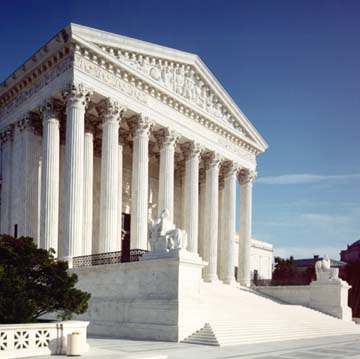
On January 12, the U.S. Supreme Court reversed the U.S. Court of Appeals for the Sixth Circuit in Smith v. Spisak. After Frank Spisak was sentenced to death in Ohio and his initial appeals were denied, he filed a habeas corpus petition claiming that: 1) the jury instructions and verdict forms used at his trial unconstitutionally required the jury to be unanimous in choosing any mitigating factors; and 2) his attorney’s closing argument was so inadequate as to deprive him of effective assistance of counsel. The Sixth Circuit had granted him relief. In reversing this decision, the Supreme Court held that there was no “reasonable probability that, but for counsel’s unprofessional errors, the result of the proceeding would have been different.” Justice John Paul Stevens, who concurred in the outcome of the case, nevertheless wrote separately, criticizing the “catastrophe of [defense] counsel’s failed strategy.” He added, “Indeed, the argument was so outrageous that it would have rightly subjected a prosecutor to charges of misconduct.” Justice Stevens, however, agreed that the defendant would probably still have been sentenced to death.
(Smith v. Spisak, No. 08 – 724 (U.S. Jan. 12, 2010); R. Barnes, “Killer Frank Spisak, not his attorney, brought on death penalty, justices rule,” Washington Post, Jan. 13, 2010). See also Representation or click here to read more U.S. Supreme Court decisions.

